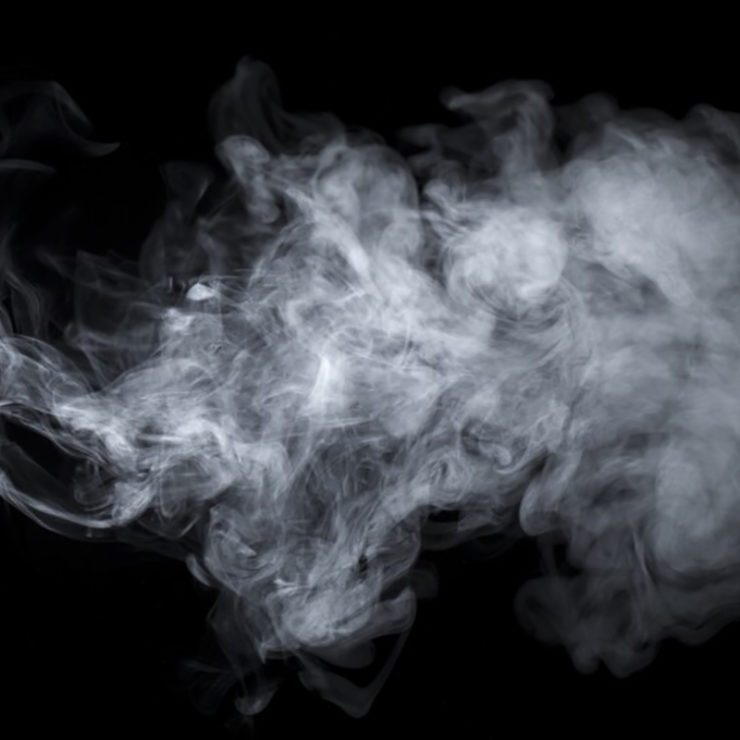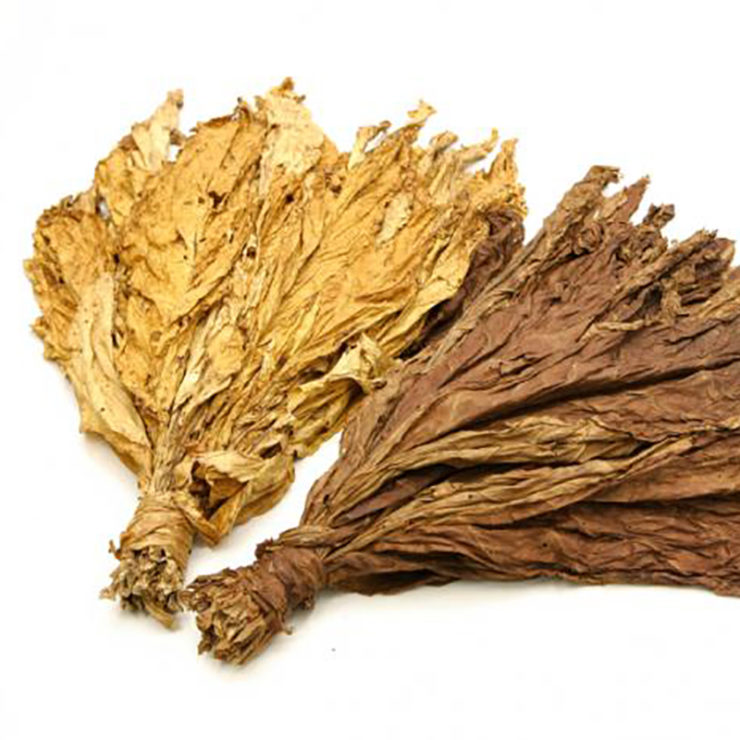What’s in a cigarette?
By Smokefree Team
What’s in a cigarette?
The cigarette is a deceptively simple looking thing but don’t be fooled. The tobacco industry has spent countless millions to create and market a product that is designed to get you hooked and keep you hooked until death. Tobacco contains over 60 carcinogens (cancer-causing chemicals). Here, we look at some of the chemicals in cigarettes and why the tobacco industry puts them in there.

Tar
Tar is a thick, sticky-brown substance and is incredibly toxic. Tar helps to bind the chemicals together in tobacco, much like the tar in road surfacing. Tar is responsible for the staining of fingers and teeth from smoking tobacco and is a lethal carcinogen, meaning it causes cancer however tar will not just lead to cancer but is a major cause of Chronic Obstructive Pulmonary Disease (COPD). Smokers will inhale large amounts of tar, around 400ml of tar per year for a 20-a-day smoker.

Carbon monoxide (CO)
This is the main gas found in car exhaust fumes and is incredibly damaging to the cells of your body. CO will bond to your red blood cells more readily than oxygen therefore smokers will have much lower oxygen levels than non-smokers. This means that your body’s cells don’t get the oxygen they need to work effectively and means organs such as the heart, have to work much harder increasing the risk of cardiovascular disease leading to heart attacks and stroke.

Nicotine
Nicotine is the addictive chemical in cigarettes and tobacco. Without nicotine, smoking would not be addictive. Ironically it is the many other chemicals in tobacco that cause the damage and not the nicotine. This is why products such as nicotine replacement therapy are helpful in stopping smoking as they do not contain all the harmful chemicals but have a therapeutic dose of nicotine that helps to reduce cravings and withdrawal symptoms of smoking.
Other chemicals
- Benzene – Used in pesticides, petrol and diesel.
- Formaldehyde – A chemical used to preserve dead bodies.
- Arsenic – Used in rat poison.
- Cadmium – Toxic heavy metal used in batteries.
- Radioactive, toxic metals including lead and polonium.
- Ammonia – Found in cleaning products and fertiliser. Increases the lung surface meaning the smoker inhales more, addictive nicotine.
Combustion
It’s also important to note that the process of combustion also creates additional chemicals so even some of the more harmless chemicals such as flavourings like chocolate and menthol, could become more hazardous when combined with the combustion of other chemicals in the tobacco. Cigarette smoke has been found to contain over 7,000 chemicals.
Smoke and mirrors
The tobacco industry created cigarette filters as a gimmick to suggest it reduced the risk of smoking by capturing some of the tar. Filters offer no health benefit to the user, they do make smoking less harsh on the throat meaning you are likely to take deeper drags increasing addiction and harm.
There are calls to ban them as they are the most common form of litter taking years to break down and regularly finding their way into rivers and oceans. They are highly polluting due to the manufacturing process and the fact they contain thousands of harmful chemicals which are released into the water.



